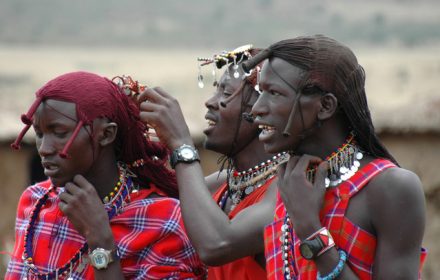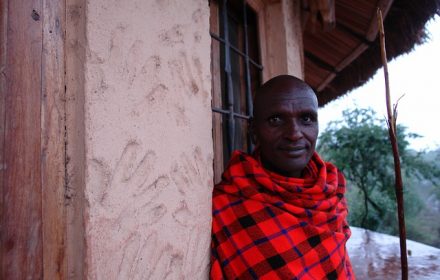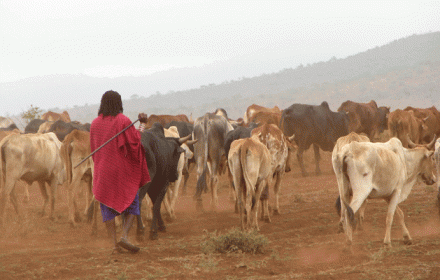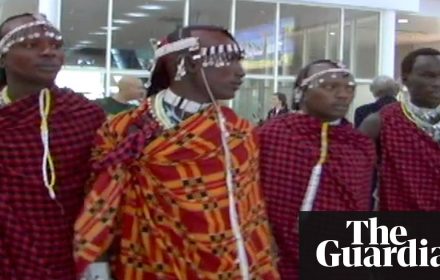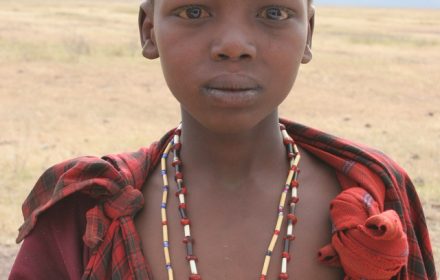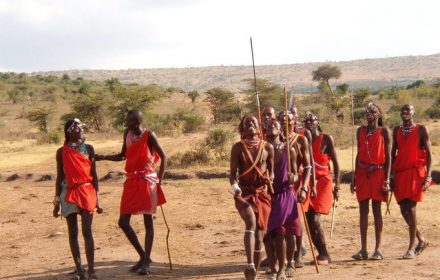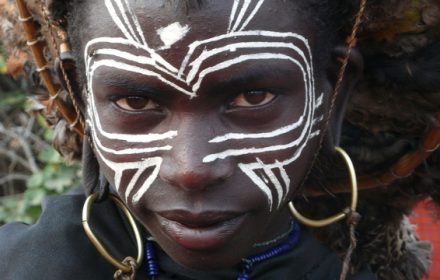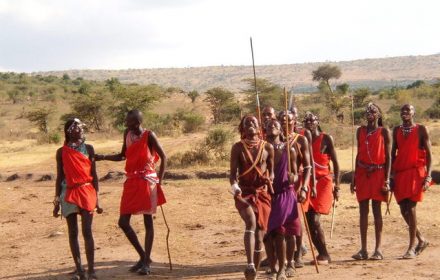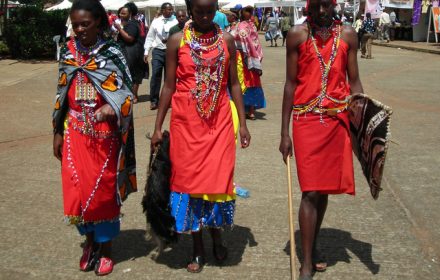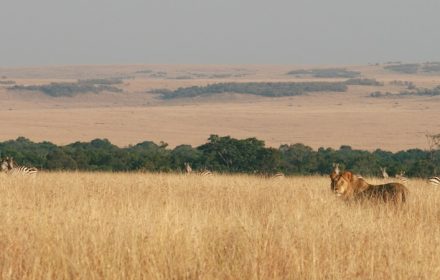Mystery, myths, and legends shroud the Maasai history. Much of their early origins come from their vibrant oral traditions. There is a lack of written sources. This indigenous pastoral society often passed on their traditional knowledge in the form of folktales, stories, songs, poetry, and chants. They contain knowledge about traditional medicine, landscape ecology, grazing practices, the behavior of animals, gathering of wild plant foods, and livestock management. Their origins are limited to our knowledge of them from the past few centuries. Maasais still hang on to their shukas, masks and religion that quintessentially serve as relics of their past.
Maasai
This is a sneak preview into the personal lives of Maasais. Maasai music has no instruments. They use grunting vocals of two different contrasting rhythms. The lead singer calls out something, and the rest would repeat it. Maasai dancing is fascinating. Singers stand in a line. Then each person jumps as high and as long as they can. Some dancers pay close attention; others just giggle, and some others talk to their co-dancers while dancing. Their death is without a formal funeral service. Burial has been reserved only for chiefs since Maasais believe that burying people is harmful to the soil.
A Maasai’s entire life revolves around livestock. Maasais extract cow blood as follows. Once a month, they take out blood from cows pretty much like people giving blood. They make the jugular artery on the cow’s neck swell by tightening a noose around its neck. At close range, one of them fires a short, blunt arrow from a loosely-strung bow puncturing the vein of the cow. They then collect the blood in a gourd. They stop the bleeding with a wad of dung and mud. In recent times, consumption of blood is waning due to the reduced numbers of livestock.
The Maasais are considered to be cattle herders of Africa. Population growth, development strategies, and a shortage of land have declined cattle raising. However, for many traditional Maasais, cattle are still the breath of life. Adaptation to rapid economic and social change is the greatest challenge the Maasais face. Increased land encroachment threatens their traditional way of life. Sooner or later they would have to come to terms with integrating into the modern economies and political systems. As a result of the challenges faced by the Maasai, there are many support groups and non-governmental organizations working in collaboration with Maasais.
Maasai ceremonies between circumcision and marriage serve to maintain their age-set classes of social system and political culture. But they do not distinguish age or time similar to the advanced and more modern ways. They approximate time in fourteen-year sections. Maasai ceremonies and traditions mark the age-sets in their strictest form. One of the most important Maasai initiation is Emuratare elevating the boys from childhood to adulthood. The fourteenth year culminates in Emuratare or circumcision and the 28th year in Eunoto or marriage. And in between these years, they are warriors with the responsibility of defending the territory where they live.
Despite of a high cholesterol diet, Maasais show no signs of heart or lifestyle diseases. The consumption of unhealthy food seems to have no adverse impact on them. The level of cholesterol, blood pressure, cholesterol gallstones, and hypertension in their bodies is negligible. They tend to have low rates of coronary artery diseases and have excellent endurance. And they burn no more calories than sedentary urbanites. It is indeed a miracle that the Maasais are in good health despite of their diet. The medical scientists often referenced the Maasais as evidence that low-carbohydrate and a high-fat diet is not heart-damaging.
Maasai is the most known Kenyan tribe, having grown into a brand of tourism and fashion. The tribe is an icon of the diversity of Kenya. Traditional beliefs, pastoral traditions and exquisite artistry of warriors constitute the Maasais. Louis Vuitton has a line that includes Maasai hats, scarves, beach towels and duffle bags. There are currently 80 companies worldwide using the Maasai image. It shows just how well-recognized the brand has become. To the modern world, they may represent fashion brand, but for the Maasais, they are symbolic. Entering into Maasailand is taking a journey to a land of symbols.
Maasai rituals are an essential part of their lifestyle. They have survived in part through oral genealogies. Age-sets identify men for the rest of their lives. On the other hand, Maasai culture recognizes women by the age-sets of their husbands. Some ceremonies are for both women and men. Others are solely for the males. Female ceremonial rituals focus on their marriage and circumcision. Both males and females are supposed to undergo circumcision. Each ritual transition between age groups and age-sets is metaphorically a step toward God and old age. Predominantly, the rites of passage are the most famous Maasai festivals.
Maasais are not only tribal herders but are great politicians and world-class athletes as well. Their aspiration to represent appropriately in the country’s governing classes is evident in Joseph Ole Lenku who vied for a governorship position in the 2017 elections. Similarly, David Rudisha stands testimony to their exceptional athletic prowess. His march towards becoming the third-time gold medalist for the 800m race at the 2020 Olympics is pretty commendable. And he stands a good chance. Anyone fascinated with this nomadic tribe would be equally in awe to learn about the journey of these two Maasai men and their backgrounds.
Maasais are facing many political and socio-economic challenges. They live in inconceivable poverty and rely on relief food. Customs, activities, rituals and cattle raiding have been outlawed. Maasai leadership is losing its power because of imposed foreign concepts of development by the western front. Government policies have made Maasai way of life increasingly difficult. At this point, the sustainability of their way of living is uncertain. Although Maasai culture is transforming, its beliefs and values remain strong. Maasais who lead urbanized lifestyle happily head homewards in designer clothes, only to emerge from the Maasailand wearing their shuka and cowhide sandals.

